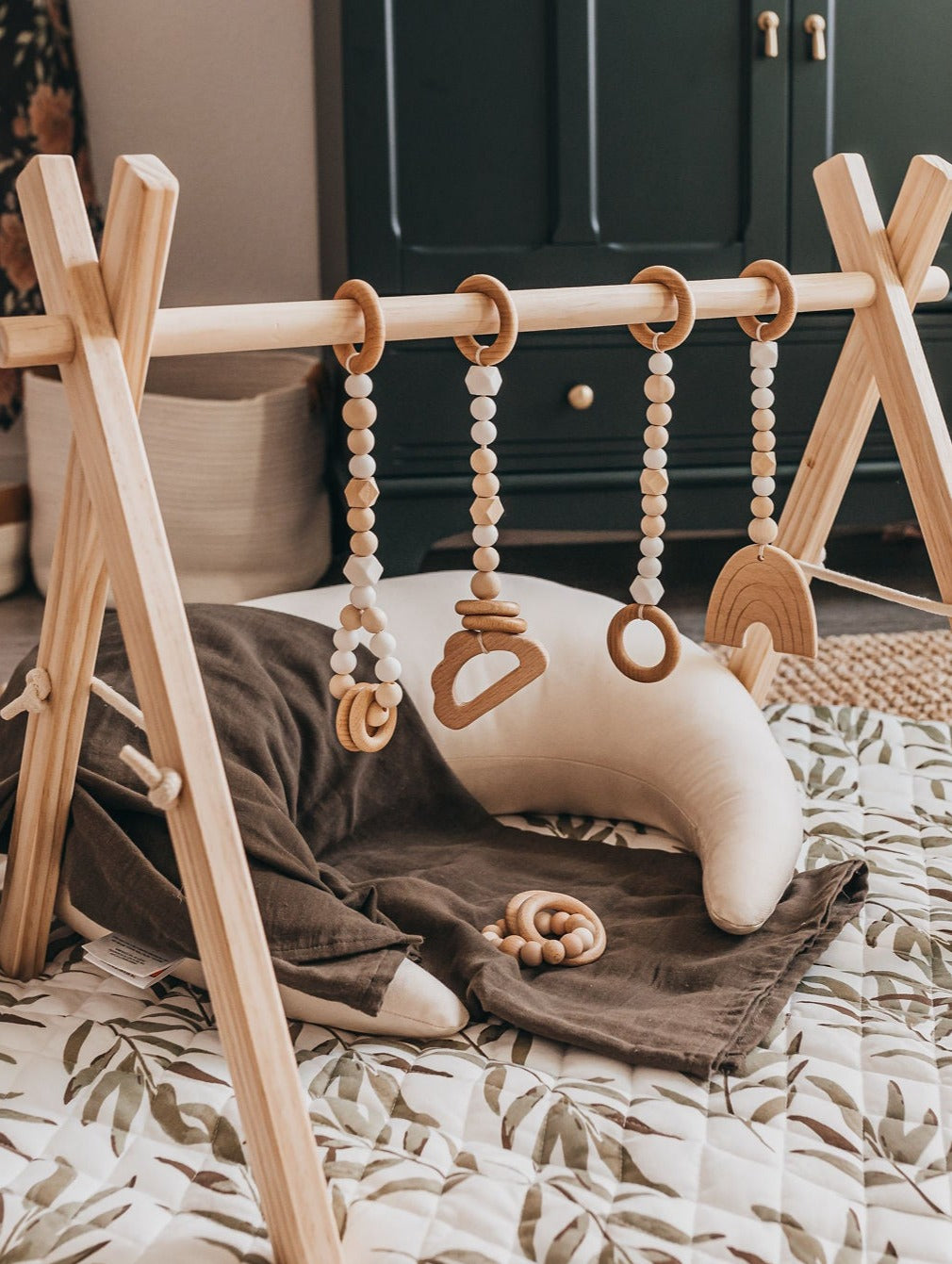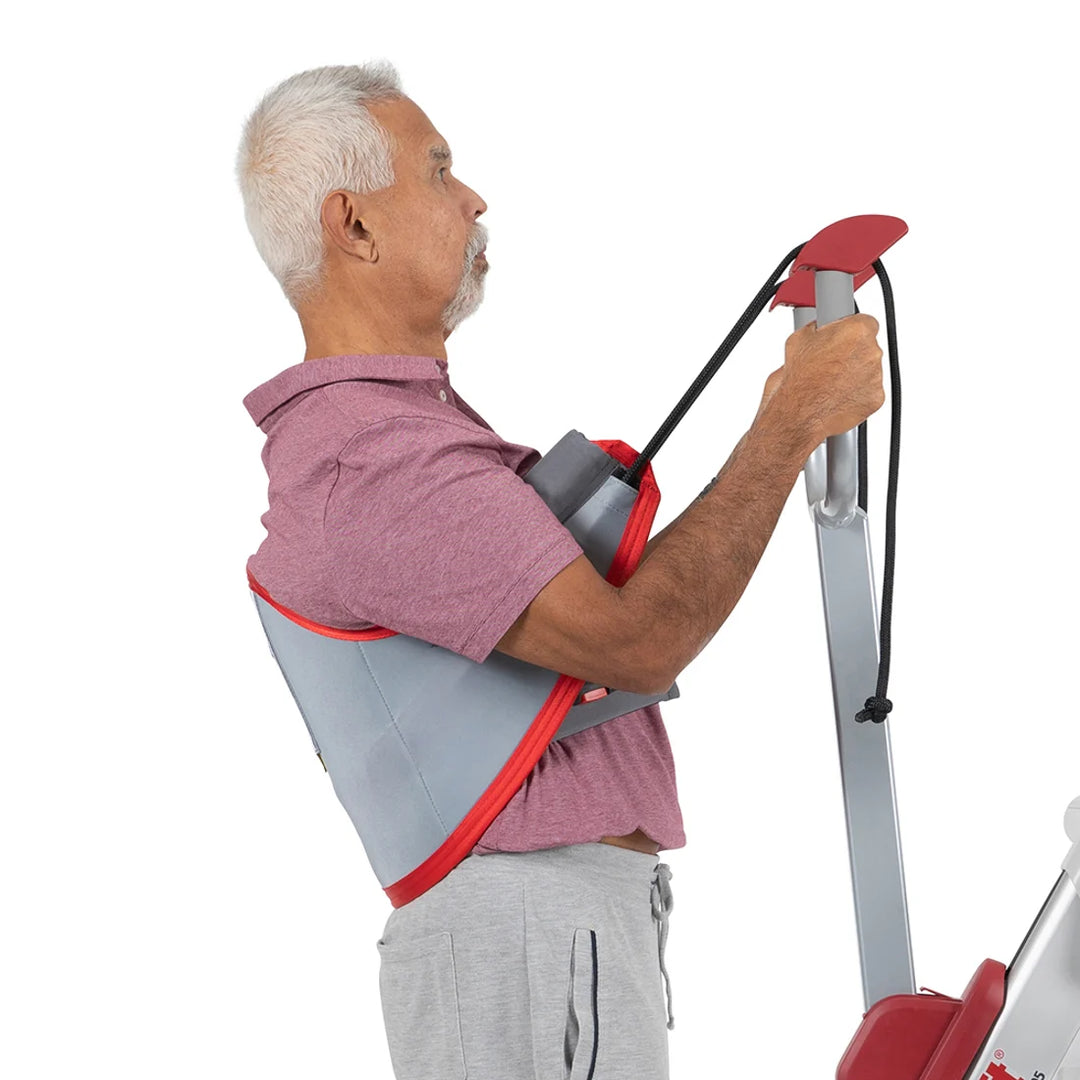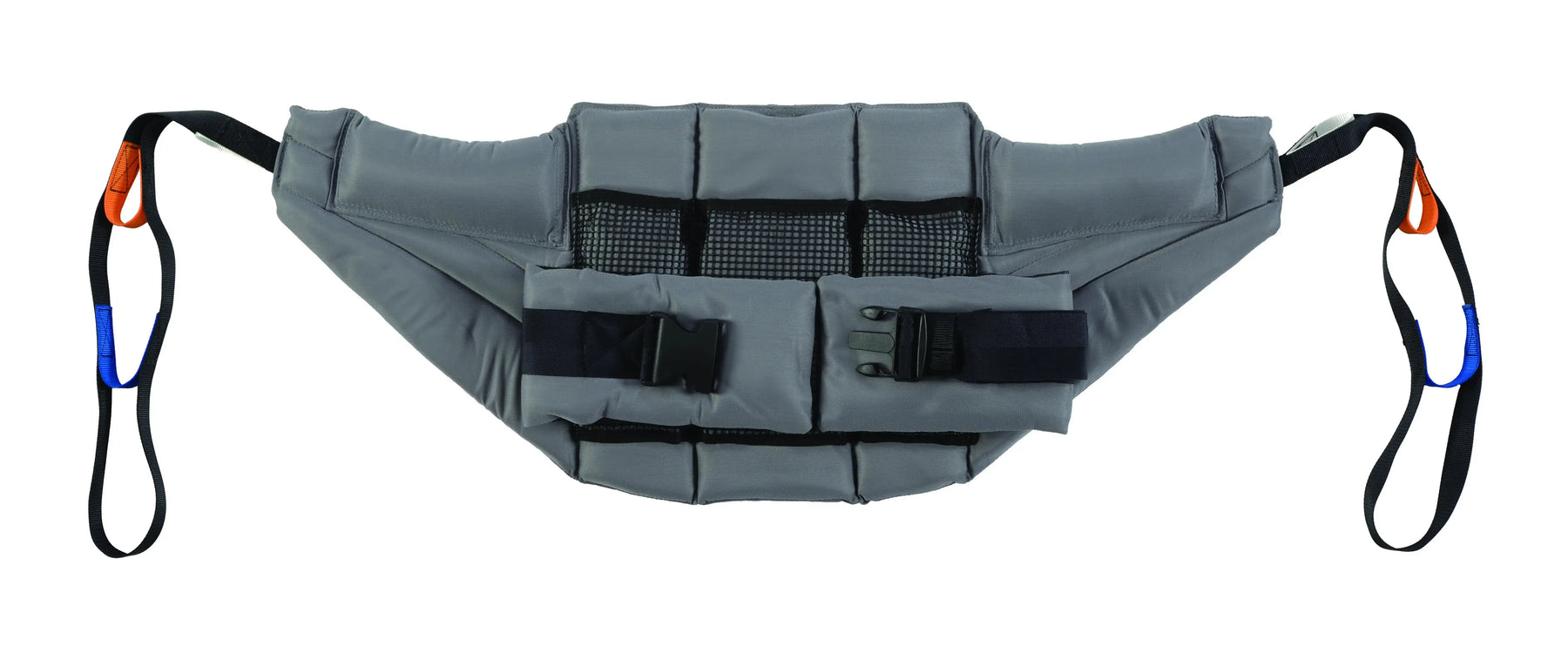
How Do HVAC Services in Nixa Missouri Keep Homes Comfortable Year-Round?
How Do HVAC Services in Nixa Missouri Keep Homes Comfortable Year-Round?

Living in Nixa, MO, means facing both sweltering summers and chilly winters. Reliable HVAC services Nixa are not just a luxury, they’re a necessity for comfort and peace of mind. Whether it’s air conditioning repair, furnace installation, or improving your indoor air quality, skilled technicians provide complete heating and cooling solutions designed for local homes and businesses. With professional care, you can keep your home cool in the summer, warm in the winter, and energy-efficient all year-round.
Why Are HVAC Services in Nixa Important?
Homeowners and businesses rely heavily on their heating and cooling systems. Professional HVAC service in Nixa ensures your air conditioner, furnace, or heat pump is always running efficiently.
From regular tune-ups to full installation services, HVAC experts in the MO area make sure your comfort is never compromised.
- Residential and commercial HVAC services tailored to your space.
- Emergency services available when unexpected breakdowns happen.
- Annual HVAC maintenance to extend the lifespan of your system.
No matter your heating and cooling needs, professional support ensures your system performs reliably in every season.
How Do Repairs and Maintenance Save You Money?
A timely HVAC repair can prevent major breakdowns and unnecessary costs. Trusted technicians in Nixa services focus on identifying problems quickly and fixing them right the first time.
- Furnace repair that restores reliable heating on cold nights.
- Air conditioner repair to keep your home cool when summer heat peaks.
- Peace of mind AC repair that ensures comfort without worry.
Routine HVAC maintenance also helps to:
- Improve energy efficiency.
- Extend the life of heating and cooling systems.
- Maintain consistent comfort and better air quality solutions.
Customers count on us because consistent service reduces long-term costs and guarantees customer satisfaction.
How Do Installations Improve Comfort and Efficiency?
Sometimes, older equipment simply can’t keep up. Upgrading to a new heating system, air conditioning service, or heat pump installation provides lasting benefits.
- AC installation for modern, energy-efficient cooling.
- Heating installation services for dependable warmth.
- Expert HVAC solutions that improve energy use while lowering bills.
When you choose installation services in Nixa, you also get:
- Systems that improve indoor comfort year-round.
- Quality heating and cooling solutions from skilled professionals.
- Options tailored to both residential and commercial properties.
With reliable installations, you can keep your heating and cooling systems working efficiently for years.
Why Does Indoor Air Quality Matter?
Your HVAC system impacts more than just temperature. It affects health and comfort too. Indoor air quality is improved through specialized solutions that enhance your home’s environment.
Services may include:
- Air purifiers that reduce allergens and dust.
- Duct cleaning that clears contaminants.
- Air quality solutions that create a healthier indoor environment.
By addressing air circulation and cleanliness, expert HVAC services help families breathe easier and enjoy a more comfortable space.
What About Commercial HVAC Services?
Businesses in Nixa and surrounding areas need reliable systems to keep employees and customers comfortable. Commercial HVAC services provide specialized solutions for larger spaces and high-demand systems.
- Commercial air conditioning to maintain a cool environment.
- Commercial heating for consistent warmth.
- Building automation and energy management for efficiency.
Knight Heating and Air Conditioning and other expert HVAC services in the area specialize in designing comprehensive solutions that meet business demands. With affordable prices and free estimates, companies can plan commercial HVAC services that protect comfort and lower costs.
How Do Emergency Services Provide Peace of Mind?
Breakdowns don’t wait for convenient times. That’s why emergency services are a vital part of any HVAC service in Nixa.
- 24/7 heating repair for sudden furnace failures.
- Cooling services for AC emergencies in the peak of summer.
- Quick response times to restore comfort fast.
When your comfort is at risk, you can count on us for immediate solutions that restore your home’s balance. Serving Nixa and surrounding areas, emergency teams ensure your HVAC needs are covered whenever trouble strikes.
How Do Local Experts Deliver Top-Notch HVAC Services?
Locally owned and operated businesses in the MO area pride themselves on building trust and delivering results. Choosing a team that specializes in Carrier systems or offers expert furnace and air conditioning service ensures you get top-notch HVAC care.
Local experts provide:
- Reliable air conditioning service to keep your home cool.
- Heating solutions that ensure dependable warmth.
- Plumbing solutions for complete home care.
With skilled technicians, you can expect exceptional HVAC services that blend quality, affordability, and long-lasting results.
Schedule HVAC Services in Nixa Missouri With Redeemed Today
At Redeemed Heating, Cooling, Duct Cleaning & Plumbing, we don’t just offer repairs — we provide comprehensive solutions for every HVAC need. Whether it’s home air conditioning, heating repair, or plumbing solutions, our trusted team delivers results you can rely on.
Our Services
- Heating and Cooling Services – From furnace repair to AC installation.
- Air Quality Solutions – Purifiers, duct cleaning, and indoor air upgrades.
- Plumbing Solutions – Complete care beyond HVAC.
Why Choose Redeemed?
- Local and owned and operated.
- Skilled technicians who get the job done right.
- Transparent pricing and affordable prices.
- Dedicated to customer satisfaction.
Need help fast? Our emergency services are available to keep your comfort protected year-round. Contact us today for your HVAC services in Nixa Missouri. Count on Redeemed Heating, Cooling, Duct Cleaning & Plumbing , where comfort, reliability, and care come first.

Redeemed HVAC
10224 W Farm Rd 178, Republic, MO 65738
(417) 241-5687









